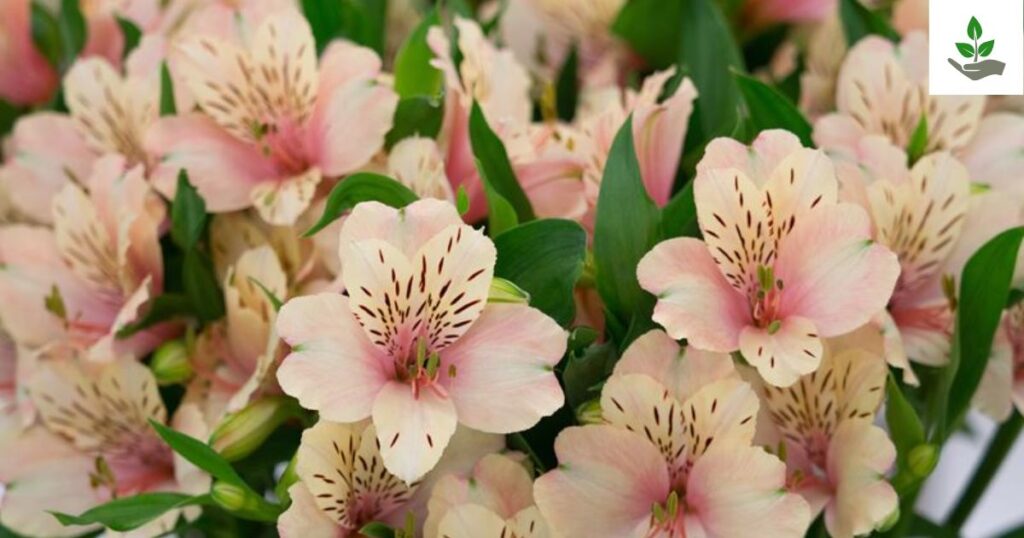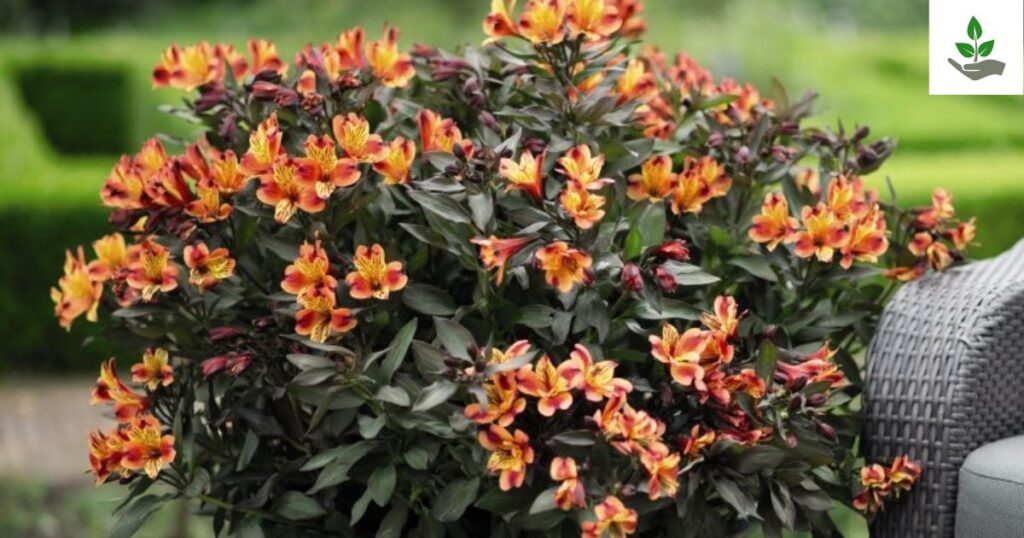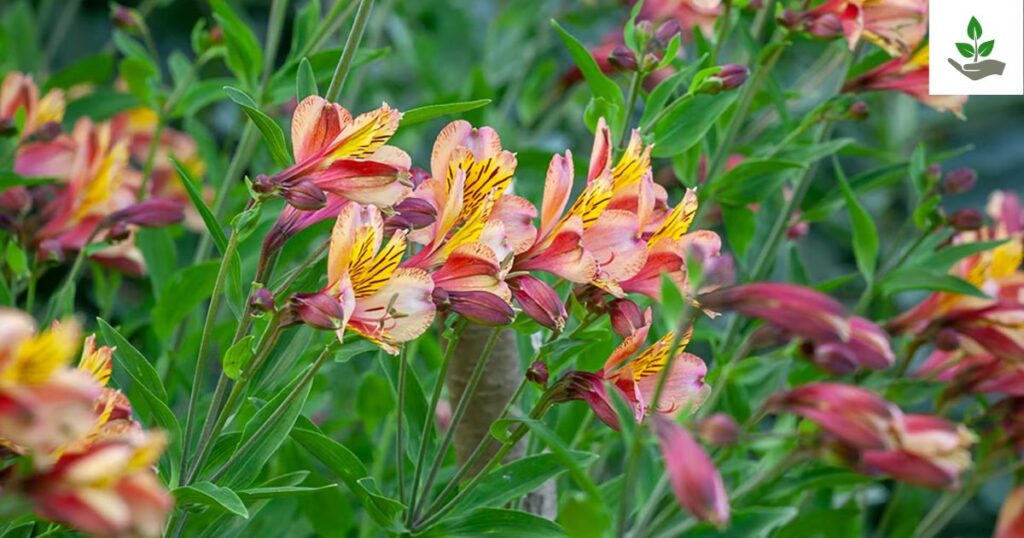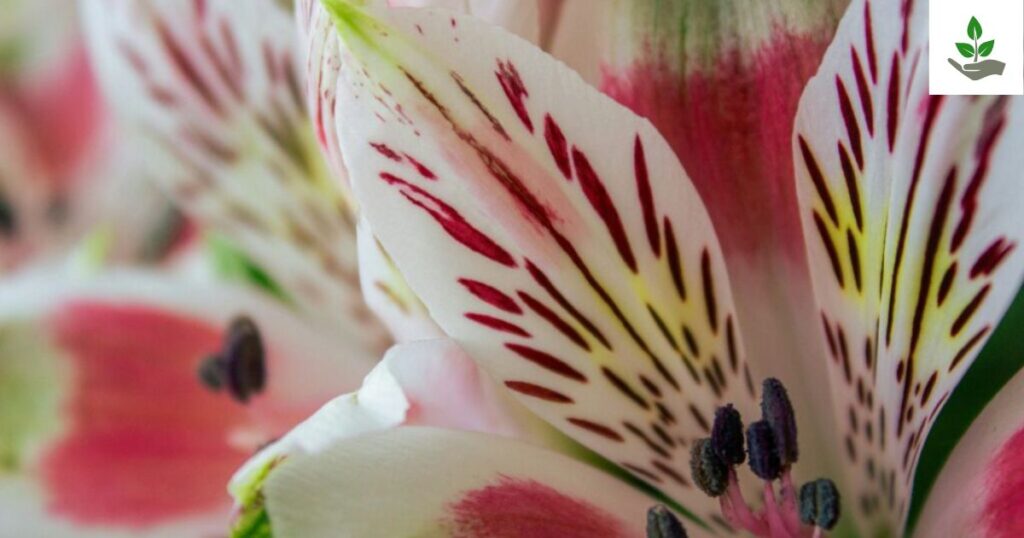Alstroemeria Flower Care, History, Planting And Benefits
Alstroemeria is one of the popular flowers among enthusiasts due to its bright colors, long vase life, and Alstroemeria Flower Care. Such beautiful flowers with spotted throats and bright markings can decorate any place with their resilience. Naturally grows in South America, primarily Chile and Peru and today is introduced into gardens and arrangements globally.
Whether you plant these beautiful flowers in your garden or as bouquets, learning about the unique needs of will be crucial for their full realization. With gentle watering, sun and regular maintenance these incredible flowers can live and yield daily flowers for several weeks or months at a stretch.
What Is Alstroemeria Flower?
The species Incas is an exquisite genus of flowers native to South America, specifically Chile and Peru. The delicate flowers consist of six petal trumpet shaped flowers often painted with unique speckles streaks or brush marks in striking contrasting hues. Found in a variety of colors from white pink and salmon to orange red purple yellow, Alstroemeria has become extremely sought after by gardens and bouquets around the globe. Flowers bloom on upright stems having lance-shaped typically twisted in an unusual direction to have their undersides directed up.

Caring for it and having quite the vase life with a high duration of twenty two days this beautiful flower presents flowers that signify friendship, affection and co-operative support. Having such incredible striking beauty combined with long time bloom and easier upkeep, Alstroemeria finds both professional floral workers and amateurs love it so dearly.
Alstroemeria Flower History
They have a strong background history having originated in the 18th century when they were initially found in South America by Swedish botanist Baron Class Alstromer on whose name they were named. Being native to the varied climate conditions of Peru and Chile, these flowers were held in value by the Incas and would also occur wild in the Andes Mountains. Baron Alstromer gathered seeds during his travels in 1753 and brought them to Europe, where they were first grown as greenhouse specimens.
By the 20th century, Dutch breeders had produced many hybrid forms with enhanced colors, patterns, and durability, turning Alstroemeria from an exotic novelty into a commercial floriculture winner. Modern cultivars are the result of large breeding programs initiated during the 1970s and 1980s, which greatly increased the flower’s range of colors and enhanced its use as a garden plant and cut flower.
Alstroemeria Flower Seeds
Alstroemeria seeds bloom exquisite lily like flowers in striking colors of pink, orange, yellow red, and white ideal for landscaping and floral cut arrangements. Hardy perennials perform well in well draining soils with full sun to partial shade from late spring to fall.

Famous for their vase life of many weeks and symbolic significance of devotion and friendship, Alstroemerias are simple to cultivate from seeds, although they do take patience as they can take a year or two to develop and bloom. Once established, they repay gardeners with plenty of colorful flowers every year.
Alstroemeria Flower Planting And Growing
Alstroemeria, also the Peruvian Lily is a beautiful and long blooming flower that brings cheerful color to bouquets and gardens. Plant seeds or tubers in rich well draining soil in partial shade to full sun to produce Alstroemeria. Sow seeds indoors 6-8 weeks before the last frost or sow them directly outside into the soil in spring when the soil has warmed. Keep it wet but not damp as the dislikes wet.
Established it is very low maintenance and resistant to drought and will bloom from late spring through early autumn. Fertilizer balancing in early spring and removal of spent blooms will cause it to bloom repeatedly. Mulch at ground level in winter in cold climates to protect roots. Alstroemeria with regular care will thrive and provide stunning trumpet shaped flowers throughout the year.
Guide About Alstroemeria Flower Care
Alstroemeria flowers are not high maintenance but do best with proper care. Plant them in well draining, slightly acidic to neutral soil with organic matter so that they get at least 6 hours of sunlight a day for best blooms. Water them regularly to keep the soil moist but never wet since too much water can cause root rot. Mulch on top helps retain moisture and control soil temperature.

Feed a balanced fertilizer every 4-6 weeks in the growing season to encourage healthy growth and prolific flowering. Remove spent flowers to maintain continuous flowering and cut stems back in late autumn to get them ready for winter. In colder regions keep the roots covered with mulch or grow them in pots to bring indoors. With little work Alstroemeria will give you long lasting vibrant flowers year in and year out.
Alstroemeria Flower Uses And Benefits
- Ornamental Beauty: Prized for their vibrant lily-like blooms, Alstroemerias are widely used in gardens borders and floral arrangements.
- Long-Lasting Cut Flowers: Known for their exceptional vase life up to 2 weeks they are a florist favorite in bouquets and centerpieces.
- Symbolic Meaning: Represents friendship, devotion and mutual support making them a perfect gift for loved ones.
- Pollinator Friendly: Attracts bees, butterflies and hummingbirds supporting garden biodiversity.
- Low-Allergen Flower: Unlike some highly fragrant flowers, Alstroemerias are gentle on allergies, making them ideal for indoor decor.
- Wedding & Event Flowers: Often used in bridal bouquets and wedding decor due to their elegance and variety of colors.
- Drought-Tolerant: Once established, they require less water, making them suitable for xeriscaping and sustainable gardens.
- Perennial Growth: Returns yearly with minimal care, providing long term beauty in gardens.
- Medicinal Folklore: While not commonly used in modern medicine, some traditional practices have used Alstroemeria extracts for mild anti-inflammatory properties.
- Mood-Boosting: Their bright, cheerful colors can enhance mood and add a lively touch to any space.
Alstroemeria Flower Fun Fact

- Often called the Peruvian Lily or Lily of the Incas Alstroemeria is not a true lily, it belongs to the Alstroemeriaceae family.
- Named after Class Alströmer, a Swedish botanist and student of Carl Linnaeus, the father of modern taxonomy.
- Its leaves grow in a unique upside down twist and resupinate, making them appear flipped from their natural position.
- Unlike many flowers, Alstroemerias have little to no scent but their bold colors make up for it.
- They can survive in a vase for up to 2 weeks, outlasting many other popular blooms.
- From fiery oranges to soft pinks, deep purples, and even striped varieties they come in almost every shade except true blue.
- Their nectar rich blooms attract pollinators, making them great for eco-friendly gardens.
- Native to South America, they’ve been growing wild in the Andes for centuries.
Read More: Silk Cotton Tree Care, Seeds, Planting and Benefits
Conclusion
Maintenance of Alstroemeria Flower Care is a fulfilling task that provides resplendent results with comparatively lesser effort. With careful watering, right light conditions, and regular feeding, these flowers can be a success in garden environments as well as in cut flowers in an arrangement. Always keep in mind that frequent deadheading encourages ongoing flowering, while proper division every few years encourages healthy garden varieties.
As cut flowers, vase life of two to three weeks can be prolonged even longer with good water changes and trimming of the stems. As an experienced gardener or novice flower lover, forgiving nature and beautiful appearance make it a great choice for providing lasting color for your home or garden. By following these care instructions, you can appreciate the radiant beauty of Peruvian Lilies year after year, adding a hint of South American elegance to your bouquet collection.
FAQs
What Meaning Of Alstroemeria Flower?
Alstroemeria, also known as the Peruvian lily, symbolizes friendship, mutual support, and devotion. Its vibrant and colorful petals are often associated with the strength of bonds between friends and loved ones. The flower’s symbolism highlights qualities such as loyalty, understanding, and the beauty of human connection.
What Type Of Flower Is Alstroemeria?
Alstroemeria, commonly known as the Peruvian lily, is a striking, perennial flower that belongs to the Amaryllidaceae family. Its trumpet-shaped blooms come in a variety of colors, including pink, orange, yellow, and white, often with speckled or striped patterns. Native to South America, it is prized for its longevity and vibrant appearance in gardens and floral arrangements.
How Long Do Alstroemeria Flower For?
Alstroemeria flowers typically bloom for about 2 to 3 weeks, depending on the variety and growing conditions. With proper care, these flowers can continue to produce blossoms over an extended period, especially in cooler climates. Their longevity makes them popular in bouquets and floral arrangements, offering lasting beauty.







